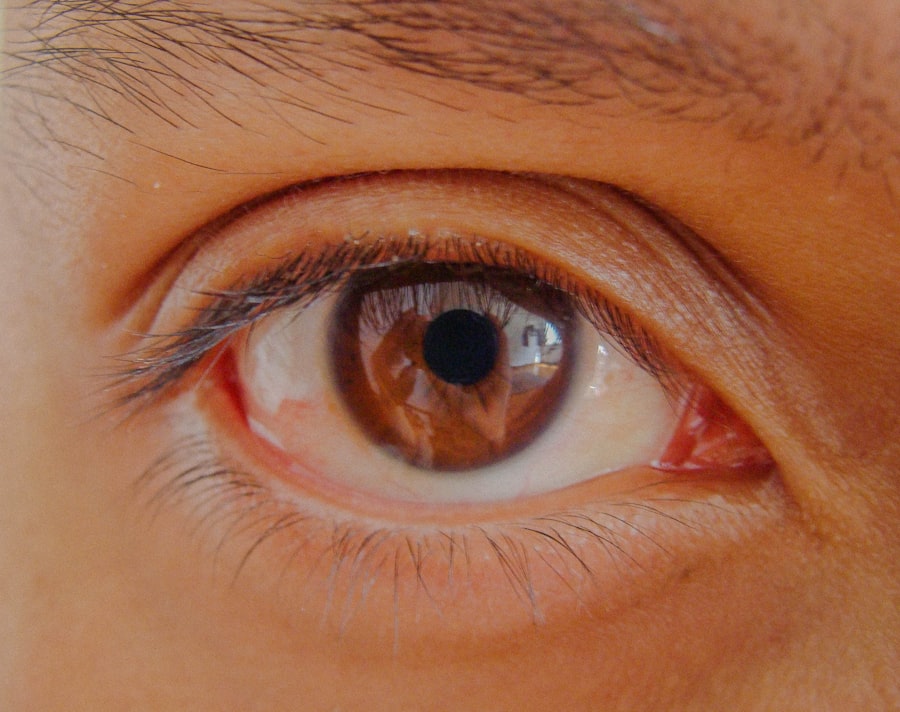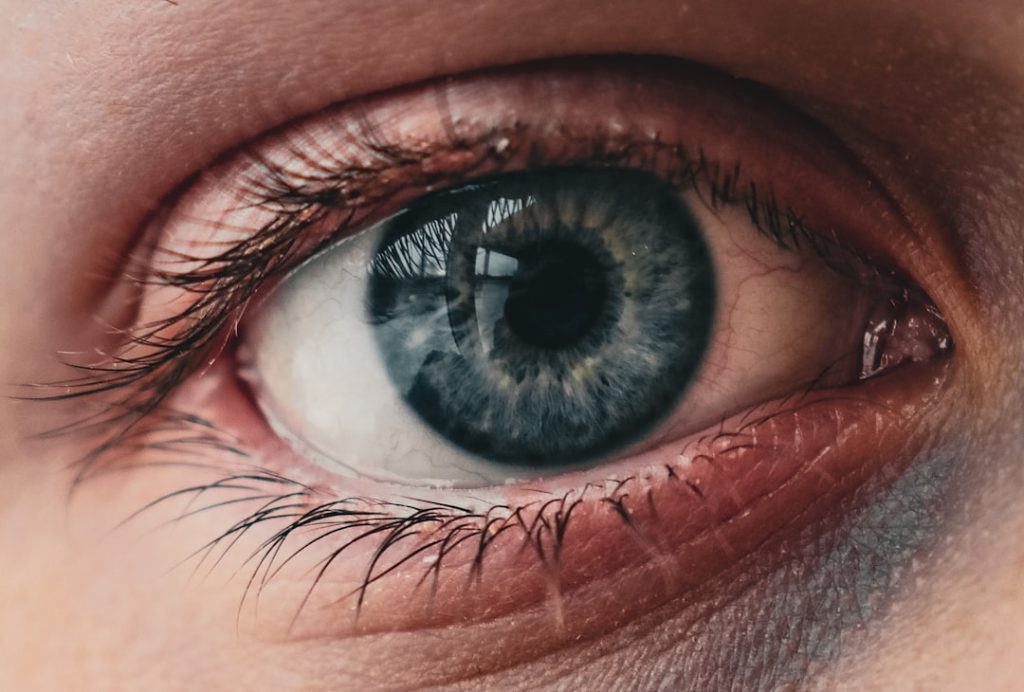When you think about diabetes, your mind may immediately go to blood sugar levels, insulin management, and dietary choices. However, it’s crucial to recognize that diabetes can have far-reaching effects on various aspects of your health, particularly your eyes. The connection between diabetes and eye health is significant, as high blood sugar levels can lead to a range of complications that may threaten your vision.
Understanding this relationship is the first step in safeguarding your eyesight and maintaining overall well-being. Diabetes affects the blood vessels in your body, including those in your eyes. Over time, elevated glucose levels can damage these vessels, leading to conditions that can impair your vision.
This is why it’s essential to be aware of how diabetes can impact your eye health and to take proactive measures to mitigate these risks. By understanding the connection between your blood sugar levels and your eyesight, you empower yourself to make informed decisions about your health and seek appropriate care when necessary.
Impact of Diabetes on Eye Health
The impact of diabetes on eye health is profound and multifaceted. When you have diabetes, your body struggles to regulate blood sugar levels effectively, which can lead to a cascade of complications. One of the most concerning areas affected is the retina, the light-sensitive tissue at the back of your eye.
Diabetic retinopathy, a condition characterized by damage to the retinal blood vessels, is one of the leading causes of blindness among adults. This condition often develops gradually, making it easy for you to overlook until significant damage has occurred. Moreover, diabetes can also lead to other eye-related issues such as cataracts and glaucoma.
Cataracts cause clouding of the lens in your eye, leading to blurred vision and difficulty seeing at night. On the other hand, glaucoma involves increased pressure within the eye, which can damage the optic nerve and result in vision loss if left untreated. The cumulative effect of these conditions underscores the importance of monitoring your eye health closely if you have diabetes.
Common Eye Complications in Diabetic Patients

As a diabetic patient, you may face several common eye complications that can arise from prolonged high blood sugar levels. Diabetic retinopathy is perhaps the most well-known complication, but it’s not the only one. You might also experience diabetic macular edema (DME), which occurs when fluid leaks into the macula—the part of the retina responsible for sharp central vision.
This condition can lead to significant vision impairment and requires prompt attention. In addition to retinopathy and DME, you may also encounter an increased risk of cataracts and glaucoma. Cataracts can develop more rapidly in individuals with diabetes, leading to a need for surgical intervention sooner than in non-diabetic individuals.
Glaucoma, characterized by increased intraocular pressure, can also be more prevalent among those with diabetes. Understanding these potential complications is vital for you as it allows you to recognize symptoms early and seek treatment before they escalate.
Importance of Regular Eye Exams for Diabetics
Regular eye exams are not just a recommendation; they are a necessity for anyone living with diabetes. These exams serve as a critical tool in detecting eye complications early on when they are most treatable. During an eye exam, your eye care professional will assess the health of your retina and check for any signs of diabetic retinopathy or other related conditions.
By committing to regular check-ups, you take an active role in protecting your vision. The American Diabetes Association recommends that individuals with diabetes have a comprehensive eye exam at least once a year. However, depending on your specific circumstances—such as how well you manage your diabetes or if you have already developed eye complications—your doctor may suggest more frequent visits.
These proactive measures can help catch any issues before they progress, allowing for timely intervention and better outcomes for your eye health.
Management and Prevention of Eye Complications
Managing diabetes effectively is crucial in preventing eye complications. You should focus on maintaining stable blood sugar levels through a combination of diet, exercise, and medication as prescribed by your healthcare provider. Keeping your blood pressure and cholesterol levels in check is equally important since these factors can exacerbate eye-related issues.
In addition to medical management, lifestyle choices play a significant role in preventing complications. You might consider incorporating regular physical activity into your routine, as exercise can help improve insulin sensitivity and lower blood sugar levels. Furthermore, adopting a balanced diet rich in fruits, vegetables, whole grains, and lean proteins can provide essential nutrients that support overall health and well-being.
Lifestyle Changes to Protect Eye Health

Making lifestyle changes can significantly impact your eye health as a diabetic patient. One of the most effective changes you can make is to prioritize a healthy diet. Foods rich in antioxidants—such as leafy greens, berries, and fish high in omega-3 fatty acids—can help protect your eyes from oxidative stress and inflammation associated with diabetes.
In addition to dietary changes, consider incorporating regular physical activity into your daily routine. Exercise not only helps manage blood sugar levels but also improves circulation and reduces the risk of developing complications like diabetic retinopathy. Aim for at least 150 minutes of moderate aerobic activity each week, along with strength training exercises twice a week.
These changes can enhance not only your eye health but also your overall quality of life.
Treatment Options for Diabetic Eye Conditions
If you do develop diabetic eye conditions, various treatment options are available to help manage them effectively. For diabetic retinopathy, laser therapy is often employed to seal leaking blood vessels or reduce abnormal growths in the retina. This procedure can help prevent further vision loss and preserve what sight remains.
In cases of diabetic macular edema, anti-VEGF injections may be recommended to reduce fluid accumulation in the macula. These injections work by blocking a protein that contributes to abnormal blood vessel growth and leakage. Additionally, corticosteroids may be used to reduce inflammation in some cases.
It’s essential to discuss these options with your healthcare provider to determine the best course of action tailored to your specific needs.
Support and Resources for Diabetic Patients with Eye Health Concerns
Navigating the complexities of diabetes and its impact on eye health can be overwhelming at times. Fortunately, numerous resources are available to support you on this journey. Organizations such as the American Diabetes Association provide valuable information on managing diabetes and understanding its effects on various aspects of health, including vision.
You might also consider joining support groups or online forums where you can connect with others facing similar challenges. Sharing experiences and advice can be incredibly beneficial as you learn from others who have successfully managed their conditions. Additionally, don’t hesitate to reach out to your healthcare team with any questions or concerns regarding your eye health; they are there to help guide you through this process.
In conclusion, understanding the connection between diabetes and eye health is vital for anyone living with this condition. By being proactive about managing your diabetes and prioritizing regular eye exams, you can significantly reduce the risk of developing serious complications that could affect your vision. Embracing lifestyle changes and exploring treatment options will further empower you to protect your eyesight and maintain a high quality of life despite the challenges posed by diabetes.
